Getting a cat to wear a cone is like trying to convince them that bath time is fun—it's not happening without some resistance. It's no surprise, because cats aren't fans of anything that limits their movement, blocks their whiskers, or makes them feel awkward. But how do you put a cone on a cat correctly without turning it into a wrestling match?
Sometimes, a cone is necessary to protect stitches or keep cats from licking a wound. The right fit and proper adjustments can make all the difference. Here's how to size, adjust, and keep your cat comfortable in their new (and probably unwanted) accessory.
When to Use a Cat Cone

A cat cone serves a real purpose. Cats are natural groomers, but sometimes, their licking and scratching can do more harm than good. That's where the cone comes in!
Your feline friend may need one after surgery, an injury, or a skin infection to prevent them from irritating stitches, reopening wounds, or making skin issues worse. It's a temporary inconvenience that keeps them safe while they heal.
Not their favorite look? Probably. But is it totally necessary? Absolutely!
Choosing the Right Cone for Your Cat
Not all cat cones are created equal! Some look like old-fashioned satellite dishes, while others are softer, cozier, and a little less dramatic. The right cat collar depends on your cat's movement, size, and well-being, plus how determined they are to lick or scratch their wound site.
With so many options like hard plastic cones, soft cones, inflatable collars, and even DIY solutions—choosing the best fit takes some thought. Up next, we'll break down the different types and what to look for to keep your poor kitty comfortable and protected.
Different Types of Cones Available
Some cats find traditional cones too bulky, while others handle them just fine. Here’s a breakdown of the most common options and what they offer:
- Traditional Plastic Cones. The classic Elizabethan collar, also called an e-collar, is sturdy and prevents your cat's head from reaching the injured area. It's great for keeping wounds untouched, but it can limit peripheral vision and make eating from food and water bowls tricky.
- Soft Cones. Made of flexible materials, soft cones offer more comfort while still preventing biting, licking, and scratching. These are easier on the cat's neck but can sometimes bend too much, allowing access to the surgical site.
- Inflatable Collars. These look like tiny travel pillows and let many cats move more freely. They're comfy and don't block peripheral vision, but they may not work if your cat is super flexible and determined to reach the wound.
- Fabric Cones. These cone-shaped alternatives are softer and more adjustable. They offer a balance of comfort and restriction but may not be as durable as hard plastic cones.
- DIY Options (Like a T-Shirt or Recovery Suit). Some pet parents get creative with an old T-shirt or a recovery suit instead of a cone. This works well for surgery sites on the body but may not prevent scratching or licking certain areas.
Factors to Consider When Selecting a Cone
Picking the right cone is about more than just size—it's about making sure your cat can still eat, walk, and rest comfortably. Here's what to keep in mind:
- Size Matters. A cone that's too big can be awkward, while one that's slightly shorter may not do its job. You should be able to fit one or two fingers between the cone and your cat's neck for a secure but comfy fit.
- Comfort Level. If your cat looks miserable, they may need a fabric cone or a softer option. Traditional plastic cones work well, but some cats find them uncomfortable and hard to manage in tight spaces.
- Restriction vs. Freedom. Some cats need direct supervision when wearing a cone, especially in the first few hours. If they have a surgery site near their front legs, a hard plastic cone might be necessary to stop them from reaching it.
- Eating and Drinking. Check if your cat can access their water bowls and wet food without struggling. If not, consider a softer or slightly shorter cone that still protects the incision site but allows them to eat more easily.
- Durability and Cleanliness. Soft cones may be cozier, but they can get dirty fast. Plastic options are easy to brush clean, but they might be trickier for your cat to adjust to.
Finding the perfect balance ensures your poor kitty stays protected while healing without unnecessary discomfort.
Preparing Your Cat for Cone Application
Throwing a cat collar on without warning is a recipe for chaos. Most cats hate sudden changes, and a cone can feel like an alien object taking over their cat's head. To make things easier, introduce it gradually. Let them sniff it, rub their scent on it, and get used to the cone shape before it goes around their cat's neck.
Try placing it near their food and water bowls so they associate it with normal routines. A little patience now will save you from a frustrated, flailing feline later.
Ensuring Your Cat is Calm and Relaxed
A nervous or fearful cat will twist, turn, and pull away, making cone application nearly impossible. Before attempting to put on the e-collar, help them relax in a calm environment. Close windows to block out outside noise, dim the lights, and use a soft voice. Some cats find gentle petting or brushing soothing, while others may respond well to playtime before winding down.
If your cat is extra fidgety, consider CBD treats to encourage relaxation. These natural options may help take the edge off, especially for cats prone to stress. Give them time to settle, and don't force the cone on immediately—wait until they're in a relaxed state before trying again. The goal is to make cone time as smooth as possible, not turn it into a wrestling match.
Introducing the Cone to Your Cat
Throwing a hard plastic cone over your cat's head without warning? Bad move. Instead, introduce it gradually to avoid unnecessary stress. Start by placing it nearby, letting your cat sniff, paw, or even rub against it. Give them a treat to help build a positive connection.
Next, touch the cone to their neck or gently slide it around without securing it, just to get them used to the feeling. After a few tries, loosely fasten it for a few seconds, then remove it and reward them again. Slowly increasing the time they wear, it helps prevent panic.
If your cat starts backing up or trying to escape, go at their pace. With enough patience, the Elizabethan collar will feel less like an alien contraption and more like just another (temporary) part of life.
Step-by-Step Instructions for Putting the Cone on Your Cat
Getting a cat collar on a squirming feline? Not always easy. Most cats will do their best to escape, so taking it one step at a time is key. A well-fitted Elizabethan collar should protect the injured area without restricting your cat's movement or making them miserable.
We'll walk through positioning, securing, and checking for comfort to make wearing a cone as stress-free as possible—for both you and your poor kitty.
Positioning the Cone Correctly
Hold the cone shape open and gently slide it over your cat's head. Make sure their front legs don't get caught, and that the collar isn't twisting as it moves into place.
The hard plastic cone or soft cone should rest comfortably around your cat's neck, covering the surgical site without digging into their skin. You should be able to slide one or two fingers between the cone and their neck to ensure a snug but comfortable fit. If the cone seems too loose, your cat might pull it off; if it's too tight, it could cause discomfort.
Securing the Cone for a Proper Fit
Once the cone is in place, fasten the straps securely so it stays put. Most traditional plastic cones have adjustable loops or snap closures, while fabric cones may use Velcro.
Test the fit by placing fingers underneath the collar—there should be enough room for comfort but not so much that your cat can wiggle free. If they can still reach their wound site, the cone is too loose. If they seem uncomfortable or struggle to walk, it might be too tight.
If your cat immediately tries biting at the cone, stay calm and offer gentle reassurance. Give them a moment to adjust before moving on.
Checking for Comfort and Movement
A well-fitted e collar should allow normal cat movement without blocking peripheral vision or pressing on their neck. Watch your cat as they walk around—if they seem stuck or struggle to navigate tight spaces, adjustments may be needed.
Make sure they can still reach their water dishes and food and water bowls without too much difficulty. If they're hesitant to eat, try raising the dish or switching to wet food to make mealtime easier.
Keep an eye on them for the first few hours and provide direct supervision to ensure they're adapting well. With time, patience, and a properly fitted cone, your poor kitty will settle into their new (temporary) look.
How to Keep Your Cat Comfortable While Wearing the Cone
A cat collar isn't exactly a fashion statement, and most cats aren't thrilled about it. But a little extra care can make wearing a cone much easier. Keeping an eye on your injured kitty's comfort, preventing accidents, and using calming aids can help them adjust. Here's how to monitor for irritation, prevent bumps, and use calming aids like CBD (cannabidiol) to keep your cat relaxed and comfortable on the road to recovery.
Monitoring for Irritation or Injury
Even the best-fitted Elizabethan collar can cause discomfort if it's not checked regularly. Keep an eye out for these warning signs:
- Redness or Skin Irritation. Look around the cat's neck for any signs of rubbing or pressure sores. One or two fingers should fit underneath the collar for comfort.
- Excessive Scratching or Biting. If your cat keeps biting at the cone shape or pawing their head, it might be too tight or uncomfortable.
- Difficulty Eating or Drinking. Make sure they can still reach their food and water bowls. Switching to wet food can make mealtime easier.
- Stiffness or Trouble Moving. If the hard plastic cone is affecting your cat's posture or making it hard to walk, consider a soft cone or a fabric cone for more flexibility.
- Unusual Behavior or Stress. If your cat is hiding more than usual, refusing to rest, or showing unwanted behaviors, they might need extra care or a better-fitting cone.
Preventing Your Cat from Bumping into Things
A cone-shaped collar can turn even the most graceful feline into a clumsy explorer. To prevent accidents:
- Clear Tight Spaces. Move furniture or objects that your cat could get stuck in while adjusting to their cone.
- Elevate Food and Water Bowls. Raising dishes helps cats find their food without the cone getting in the way.
- Guide Them Through Doorways. Some traditional plastic cones can limit peripheral vision, so help your cat navigate doorways and corners.
- Block Off Dangerous Areas. Close off tight spaces or risky spots where your cat might get trapped.
- Provide Direct Supervision. Keep an eye on them, especially during the first few hours, to make sure they don't accidentally injure themselves.
Helping your cat adjust to wearing a cone takes patience, but a few small adjustments can prevent potential dangers while they heal.
The Use of CBD and Calming Aids for Cone Comfort

A cone can make even the most relaxed cat feel frustrated, but CBD treats and calming aids may help ease the transition. CBD pet products may promote relaxation, ease tension, and soothe skin discomfort, supporting your cat's well-being naturally.
- CBD Cat Treats (Hard Chews). These crunchy salmon-flavored treats from HolistaPet offer a tasty way to keep your cat calm and comforted. Made with natural ingredients and free from artificial flavors, these treats are a great way to reward your cat while they get used to their Elizabethan collar.
- CBD Calming Chews (Soft Chews). If your cat prefers soft treats, HolistaPet's CBD Calming Chews are a great option. These help support relaxation, making it easier for many cats to tolerate wearing a cone without constant scratching or restlessness.
- Other Calming Aids. In addition to CBD, you can try a cozy old t-shirt for comfort, pheromone sprays, or even calming music to help create a soothing environment. Chamomile or Valerian root are other natural options that may promote calmness and relaxation in cats.
Using calming options alongside special care can make recovery smoother, keeping your poor kitty comfortable and stress-free.
How to Help Your Cat Adjust to the Cone
For your poor kitty, wearing a cone can feel like being trapped in an awkward, plastic force field. Most cats take time to adjust, figuring out how to walk, eat, and rest without frustration. The key is patience, encouragement, and a little creative problem-solving.
Helping them gradually adapt, stay comfortable, and enjoy some distractions will make the process much smoother. Here's how to help your cat feel more at ease while rocking their temporary new look.
Gradual Adaptation: Letting Your Cat Get Used to the Cone
Slipping a cat collar on too quickly can make your cat panic, so take it slow. Start by letting them sniff and investigate the cone shape, placing it near their food and water bowls so it feels less threatening. Once they seem comfortable, gently place it around their cat's neck without fastening it, then remove it after a few seconds.
Gradually increase cone time, using treats, playtime, or gentle petting as positive reinforcement. If your cat freezes or tries to pull it off, offer extra encouragement and make sure the fit isn't too tight. Some cats find it easier to adjust with a fabric cone or a softer option. Patience and consistency will help your cat feel more confident while wearing a cone.
Providing Comfort and Entertainment for Your Cat
A cone can make normal activities feel frustrating, but keeping your cat engaged will help. Offering extra affection, gentle play, and a cozy resting space will make a big difference. Wand toys or rolling balls encourage movement without putting too much strain on their neck or legs. Raising their water bowls and switching to wet food can make eating easier, preventing the collar from getting in the way.
If stress levels are high, CBD calming chews may help promote relaxation, making it easier for your cat to tolerate the Elizabethan collar. Giving them a soft blanket, an old T-shirt with your scent, or a quiet space for rest can provide extra comfort. A little special care goes a long way in making cone time more bearable.
How Long Should Your Cat Wear the Cone?
Your poor kitty might be giving you the saddest eyes, hoping for freedom, but the Elizabethan collar needs to stay put until they're fully healed. Removing it too soon can lead to licking, scratching, or biting the wound site, setting back their recovery. The length of cone time depends on the type of surgery or injury, but don't worry—we'll break down the general guidelines and signs that your cat is ready to go cone-free.
General Guidelines for Cone Usage After Surgery or Injury
The length of time your cat needs to keep wearing a cone depends on their recovery. In most cases, traditional plastic cones, soft cones, or fabric cones should stay on for at least 10-14 days, but always follow your veterinarian's recommendations.
For a surgery site like a spay or neuter, most cats need to keep the cone on for about two weeks to protect the incision site. If your cat had eye surgery or a more delicate procedure, they might need longer healing time. If they still show signs of biting, scratching, or licking at the wound site, the cone needs to stay on. The goal is to prevent irritation and allow the area to heal properly so your cat can get back to their usual cat time without any setbacks.
Signs Your Cat May Be Ready to Have the Cone Removed
If your cat is healing well and no longer trying to lick or scratch, they might be ready for some collar-free freedom. Look for these signs before removing it.
- Wound site is fully healed with no redness, swelling, or open areas.
- No more licking or scratching at the injured area.
- Stitches or staples have been removed and your veterinarian has cleared your cat.
- Normal cat movement without discomfort around the surgical site.
- Direct supervision for a few hours to make sure your cat does not start biting or licking again.
If you are unsure, always check with your veterinarian for more advice. A few extra days in the cone shape is better than dealing with an irritated surgery site that could lead to complications.
When to Consult a Veterinarian About Your Cat's Cone
A cat collar is meant to protect your cat, but sometimes, issues come up that need professional advice. While most cats adjust over time, some may struggle with wearing a cone or show signs that something is wrong. If your poor kitty seems uncomfortable or is having trouble healing, a quick chat with your veterinarian can help.
Serious signs to watch for:
- Wound site looks red, swollen, or infected.
- Cat refuses to eat or drink because of the cone.
- Difficulty breathing or signs of distress.
- Constantly trying to remove the cone and showing signs of extreme stress.
- Cone is causing sores or irritation on the cat's neck.
If any of these signs appear, contact your veterinarian for more advice. A properly fitted Elizabethan collar should support healing, not create more problems.
Final Thoughts on How to Use a Cone on a Cat
A cone might not be your cat's favorite accessory, but it plays an important role in their recovery. Making sure it fits well, allowing one or two fingers underneath for comfort, and keeping an eye on their well-being will help them adjust. Whether you choose a hard plastic cone, soft cone, or fabric cone, the goal is to prevent licking, scratching, or biting at the injured area so they can heal properly.
If your cat is struggling, extra comfort and support can go a long way. Calming aids like HolistaPet's CBD cat treats or CBD calming chews may help to soothe stress, while a cozy setup with their favorite blanket or an old t-shirt can make cone time more bearable. With a little patience, direct supervision, and the right care, your poor kitty will be back to their normal self in no time.


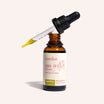

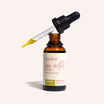

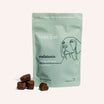
![Probiotics For Dogs [Soft Chews] - HolistaPet](http://www.holistapet.com/cdn/shop/files/Probiotic-Infographic-1_472d7a29-e30c-435a-9638-1365d8c3a9f9.jpg?v=1725384841&width=104)
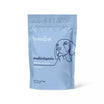
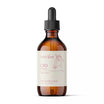


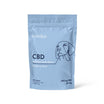
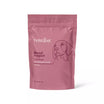
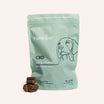
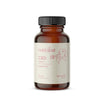
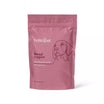
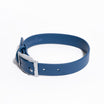
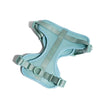
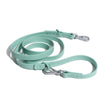
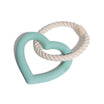
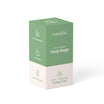
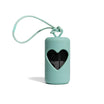

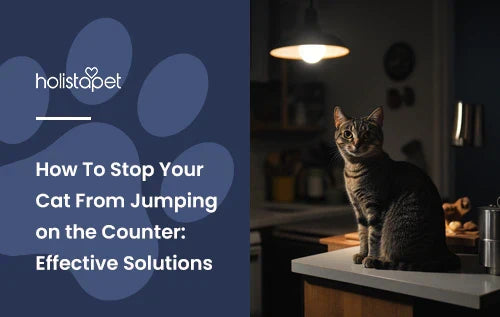

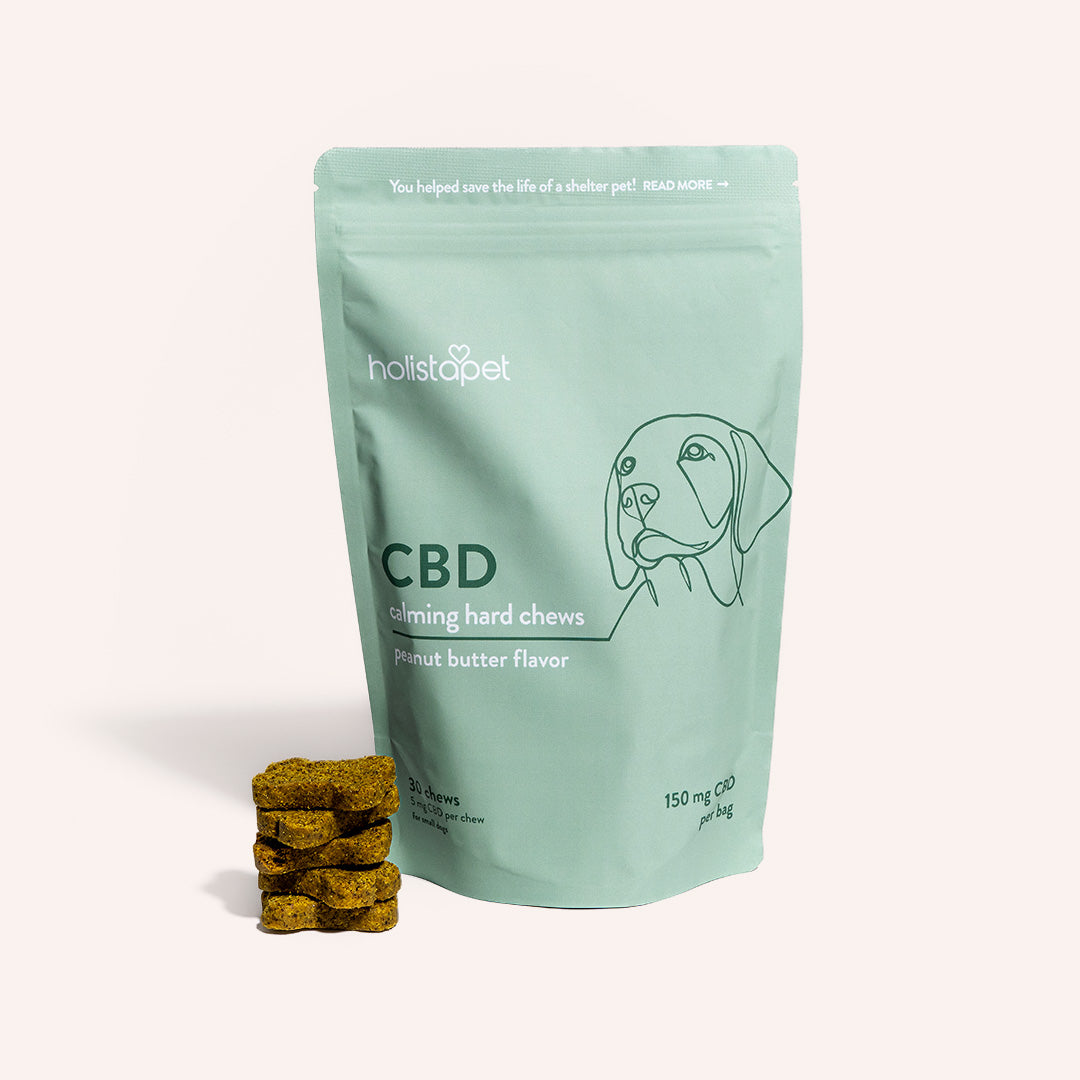
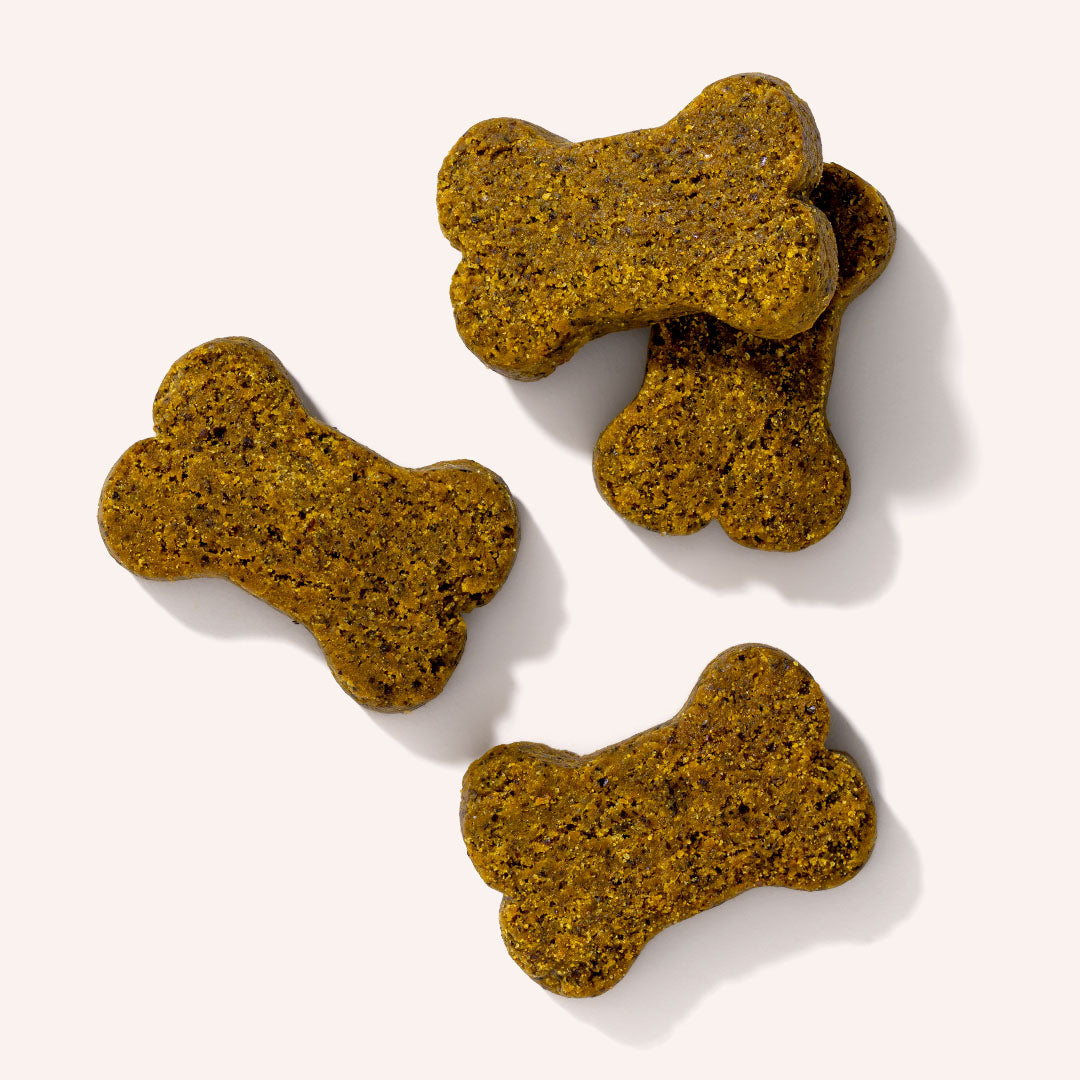
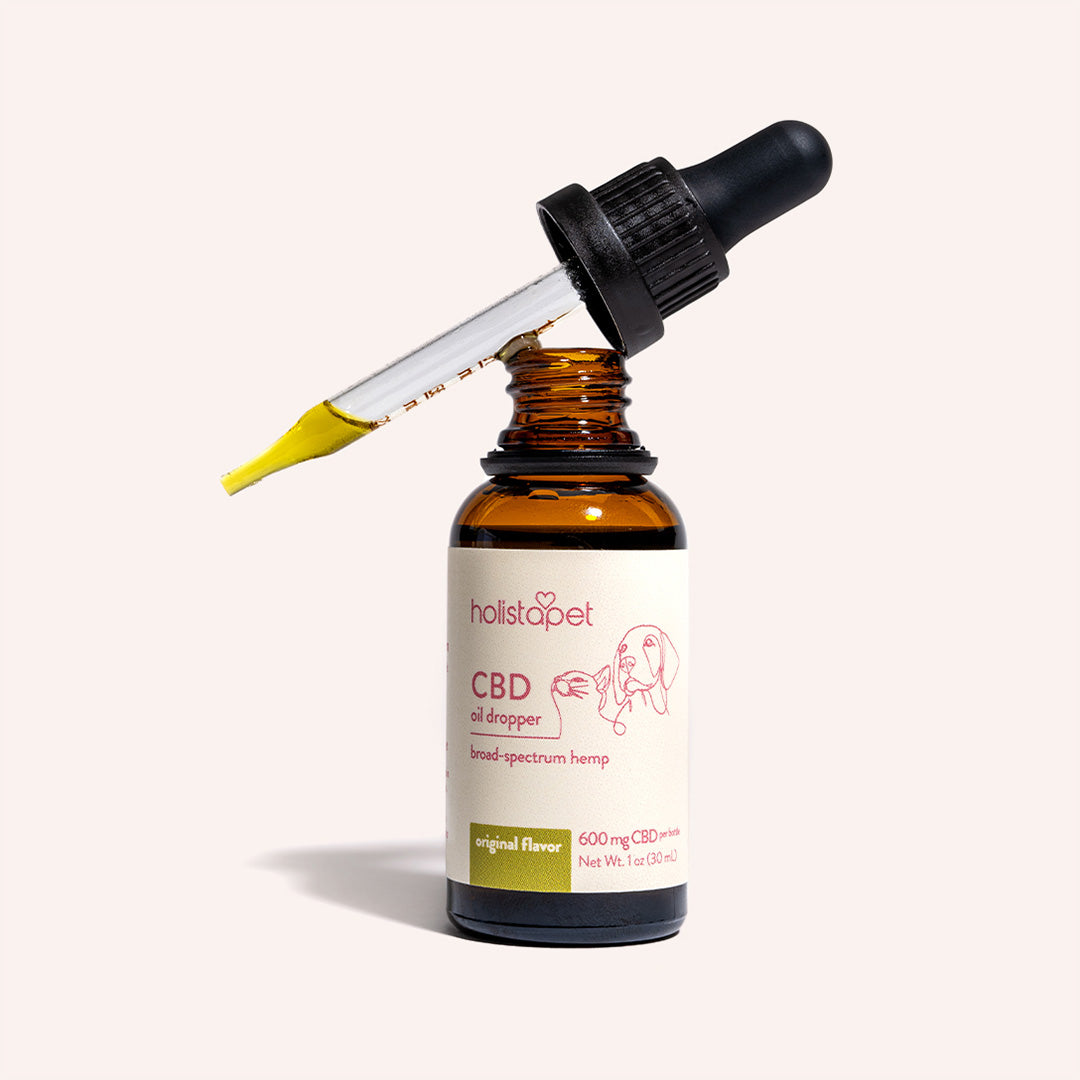
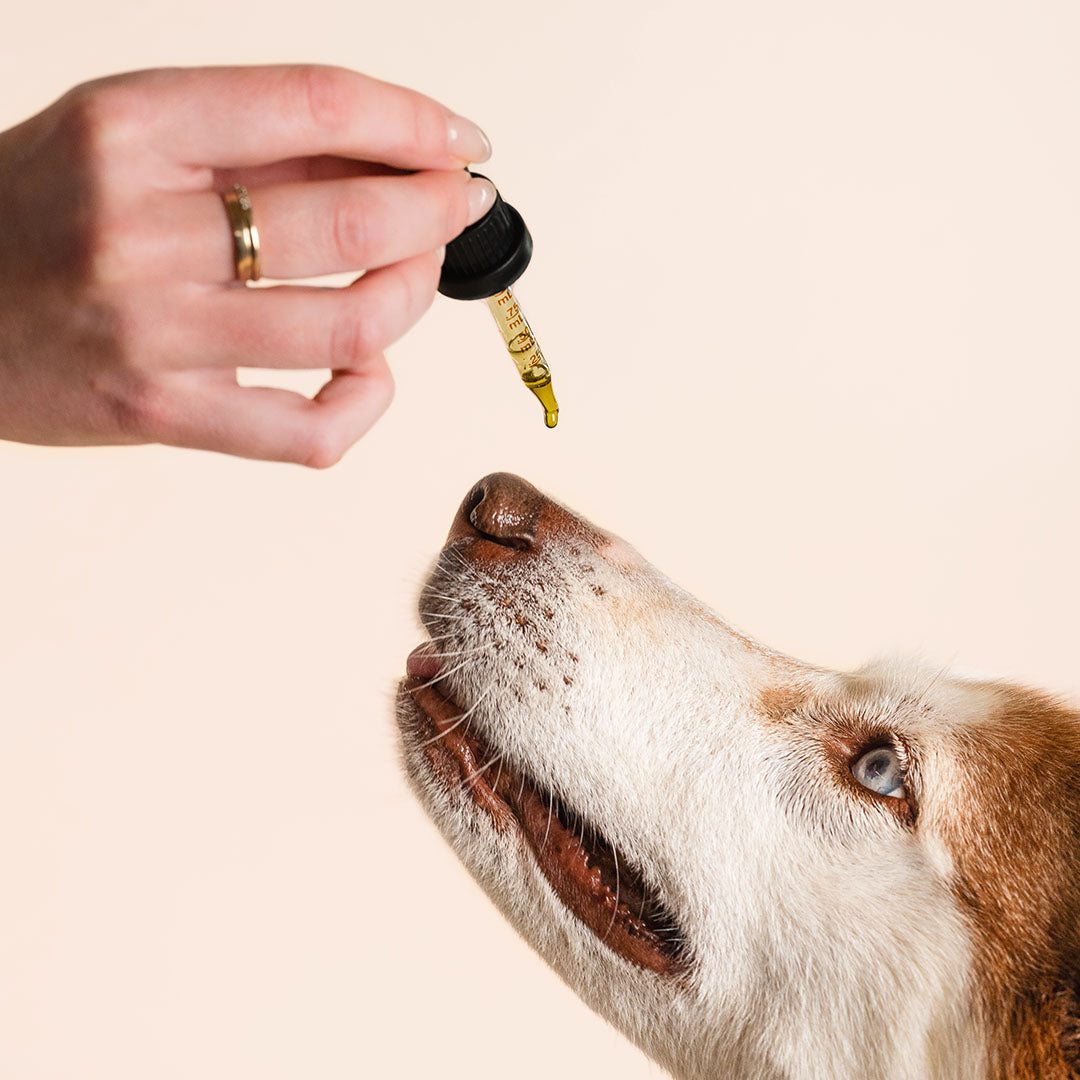


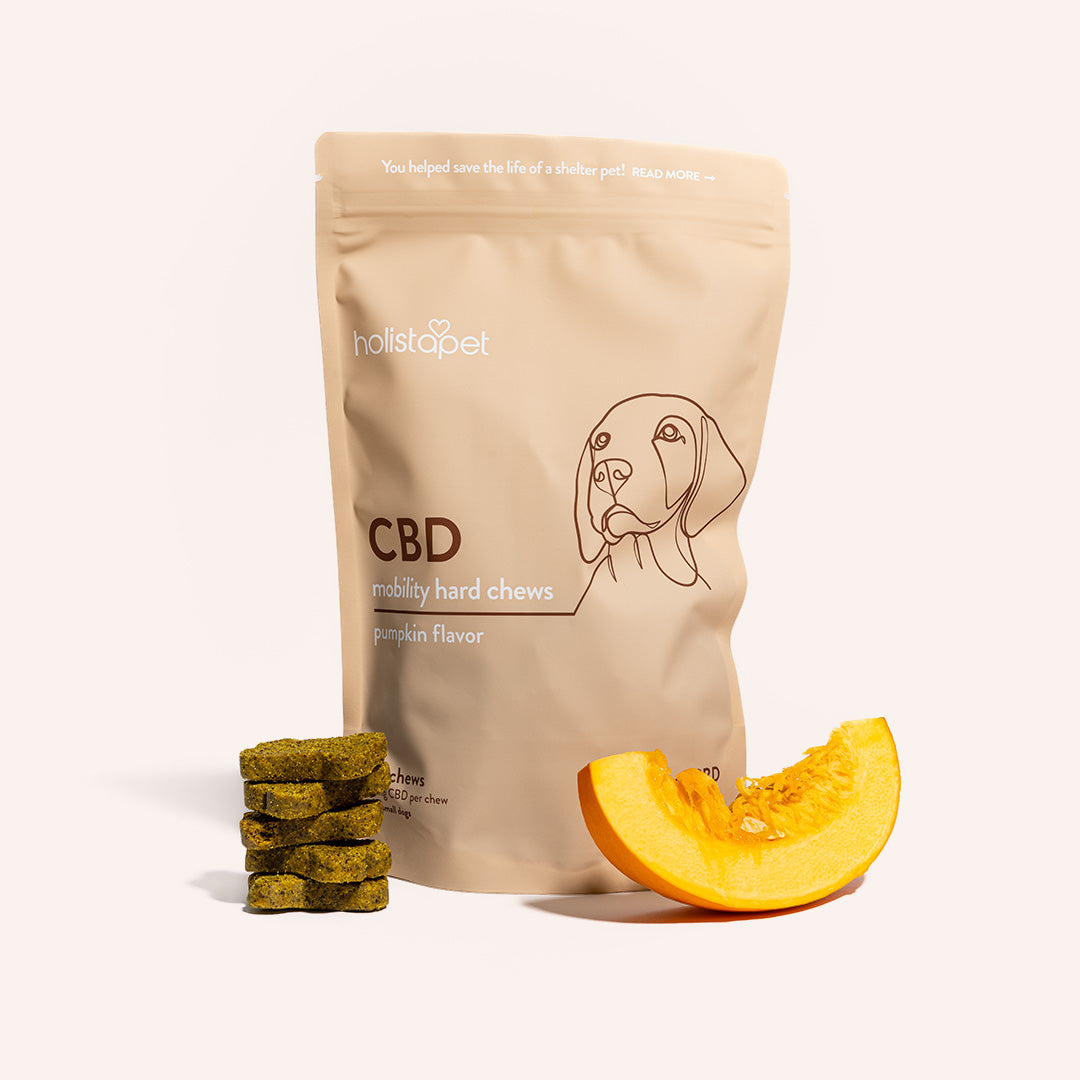
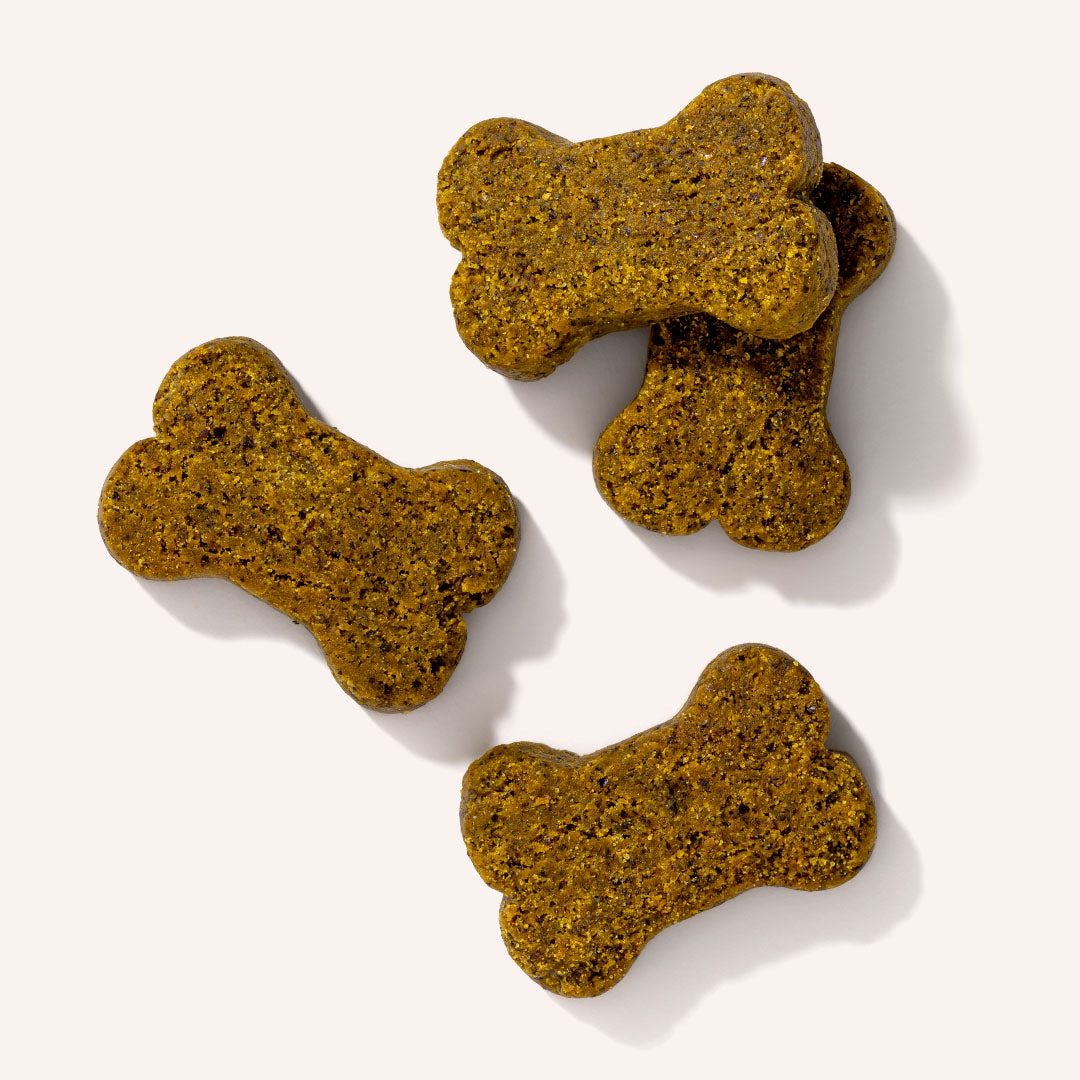

Leave a comment
All comments are moderated before being published.
This site is protected by hCaptcha and the hCaptcha Privacy Policy and Terms of Service apply.